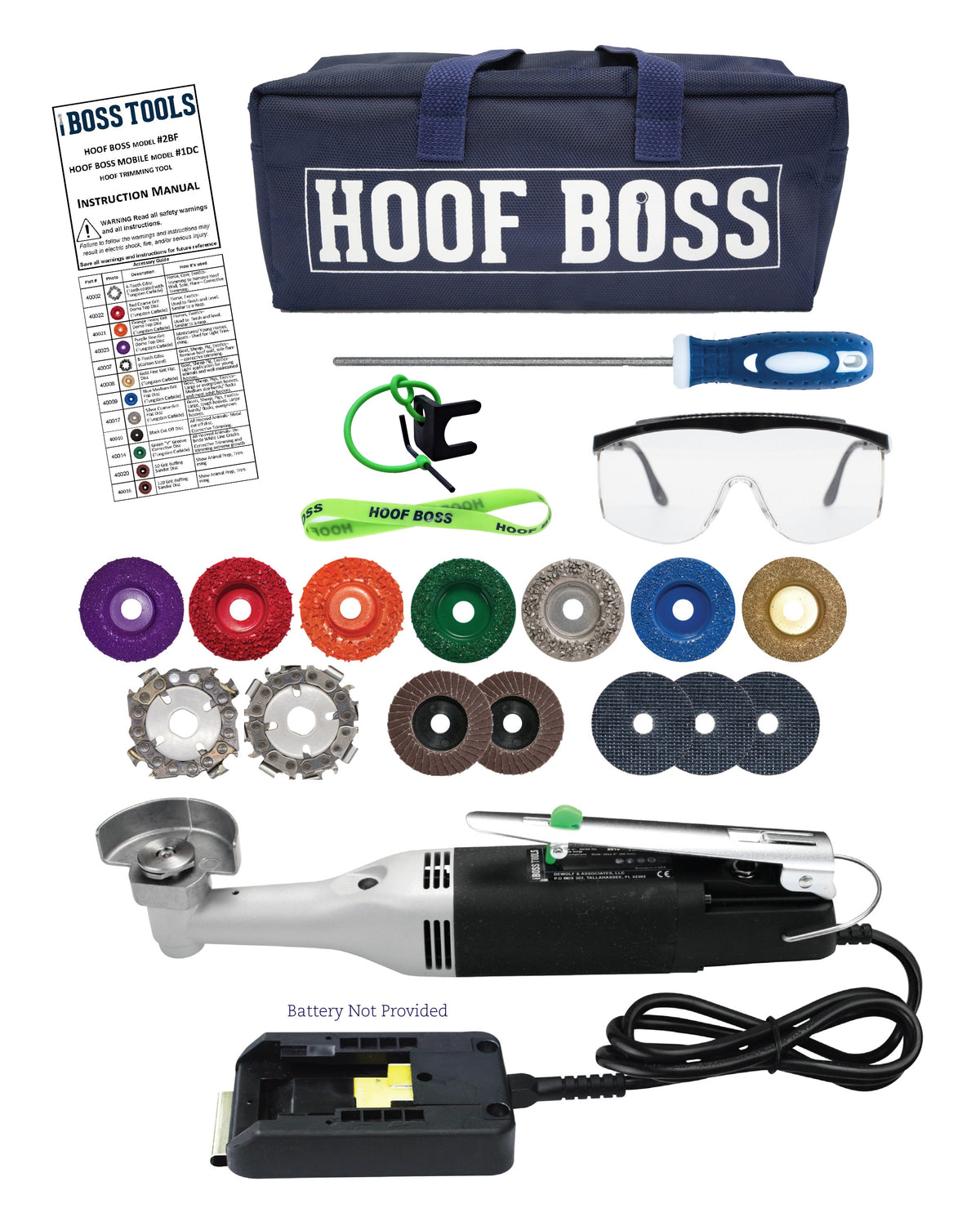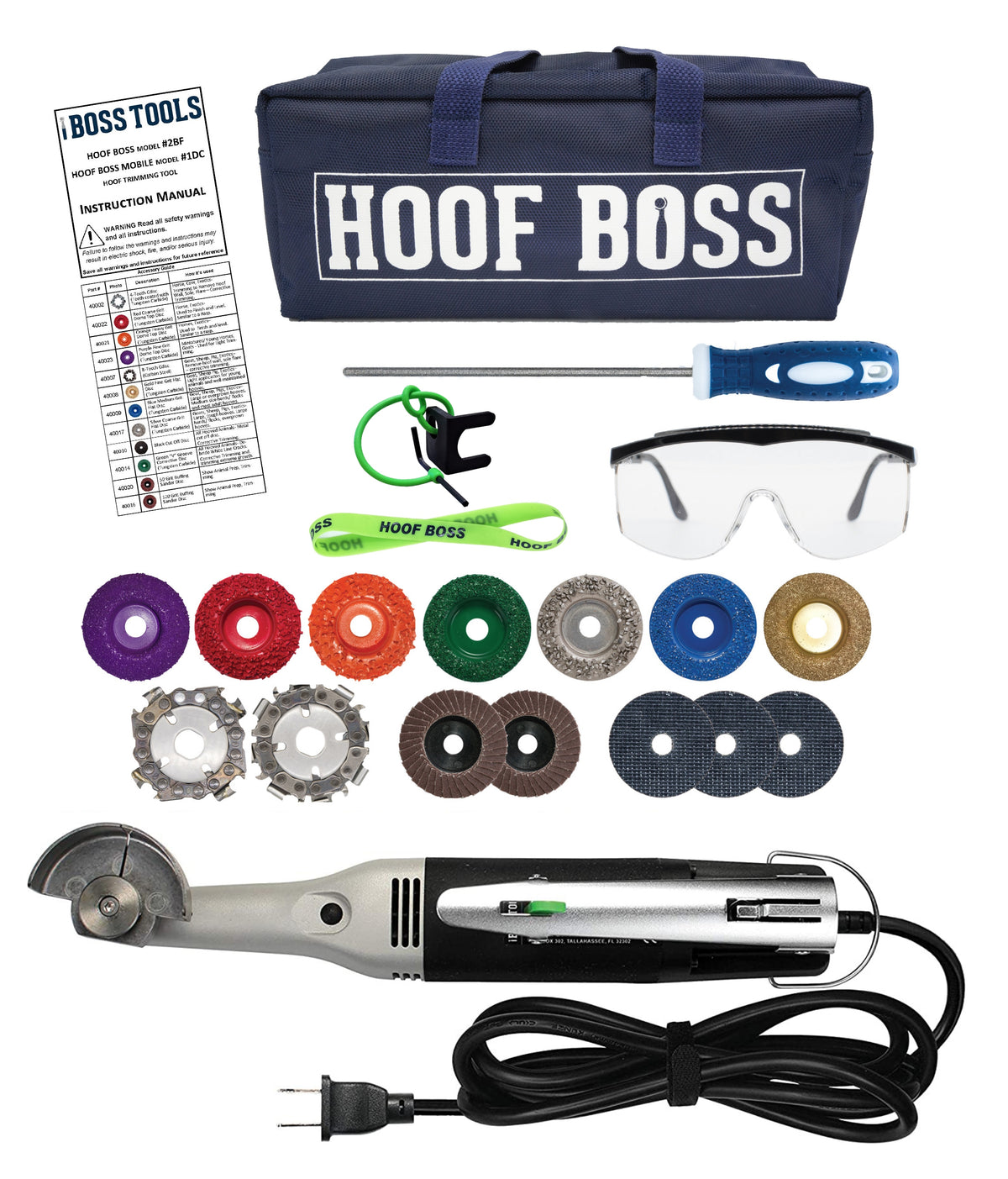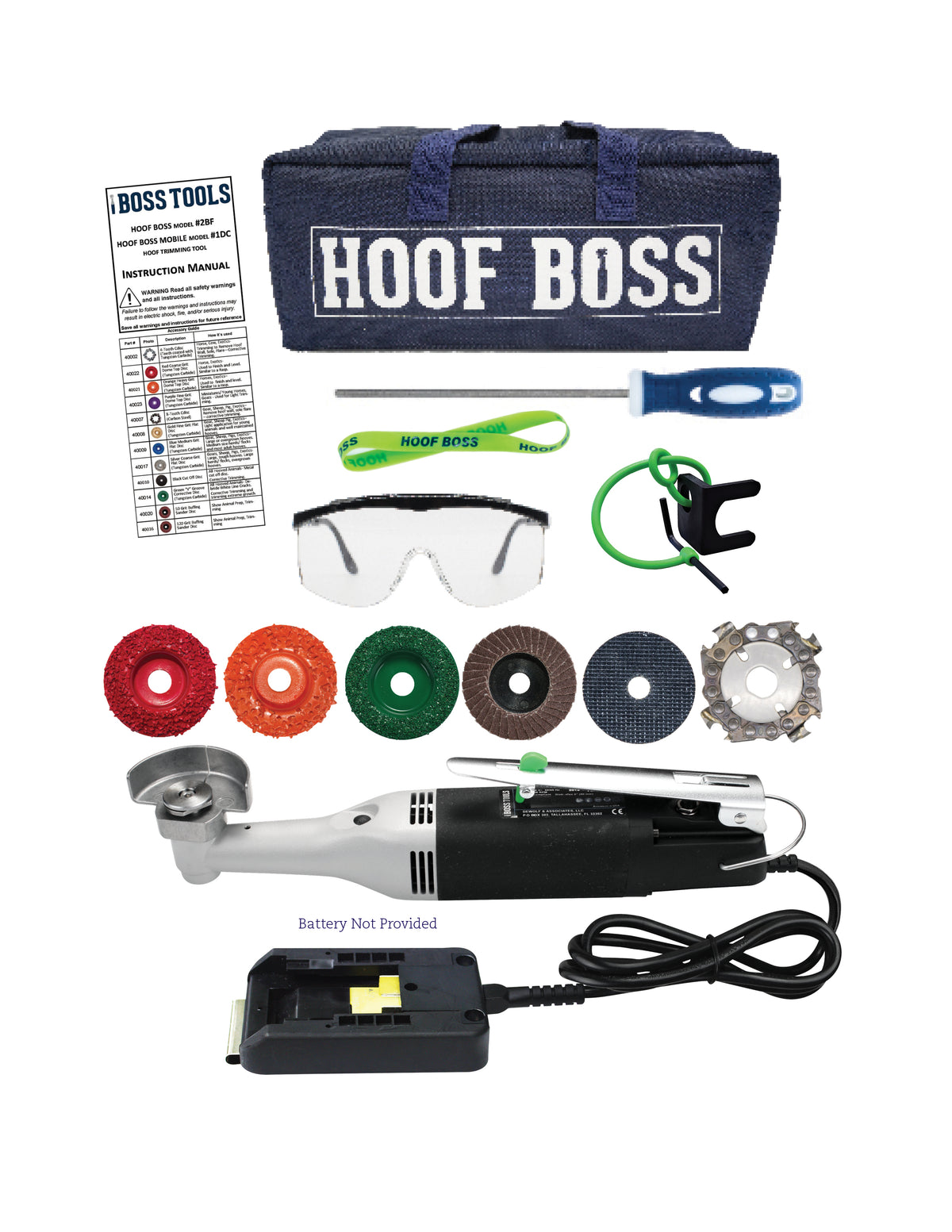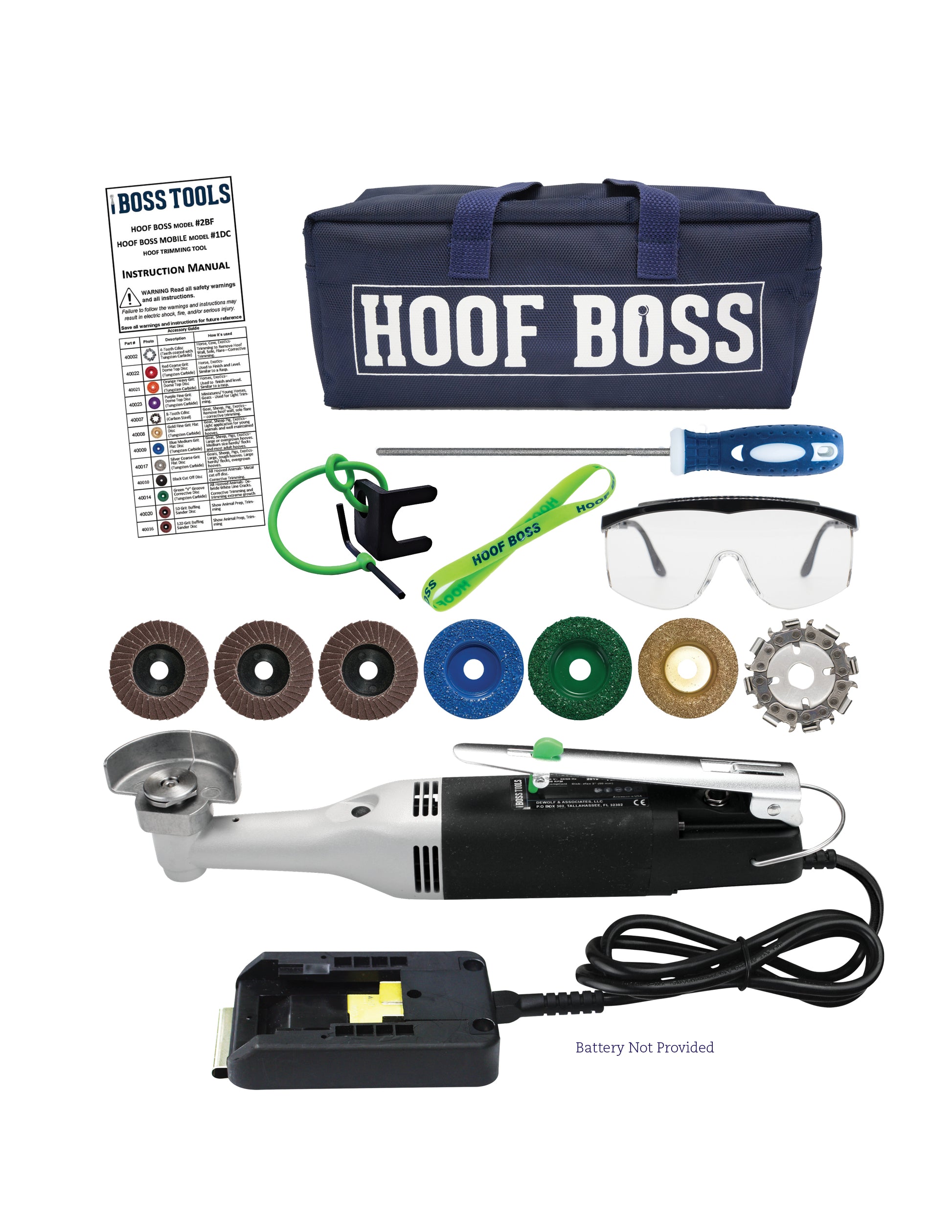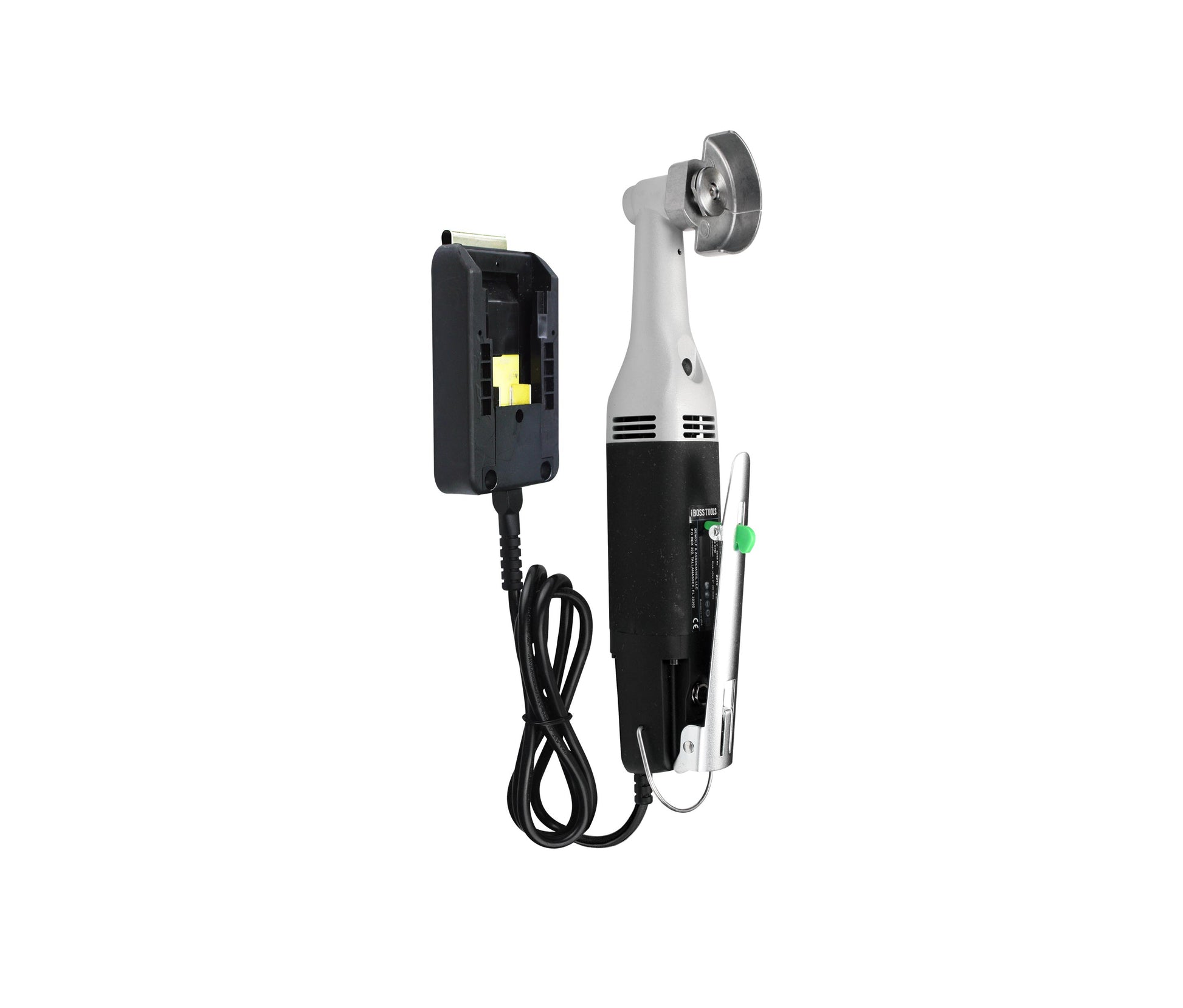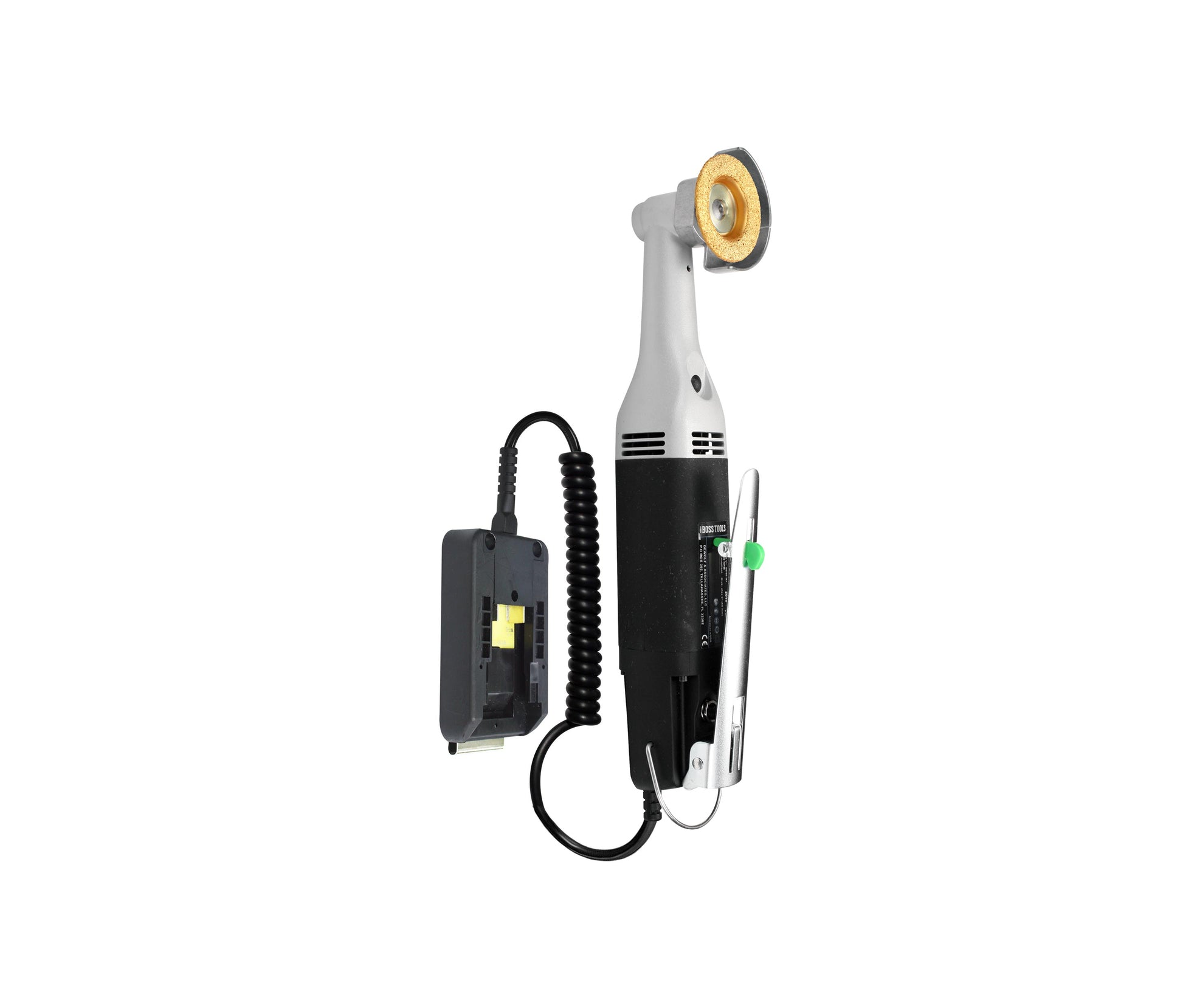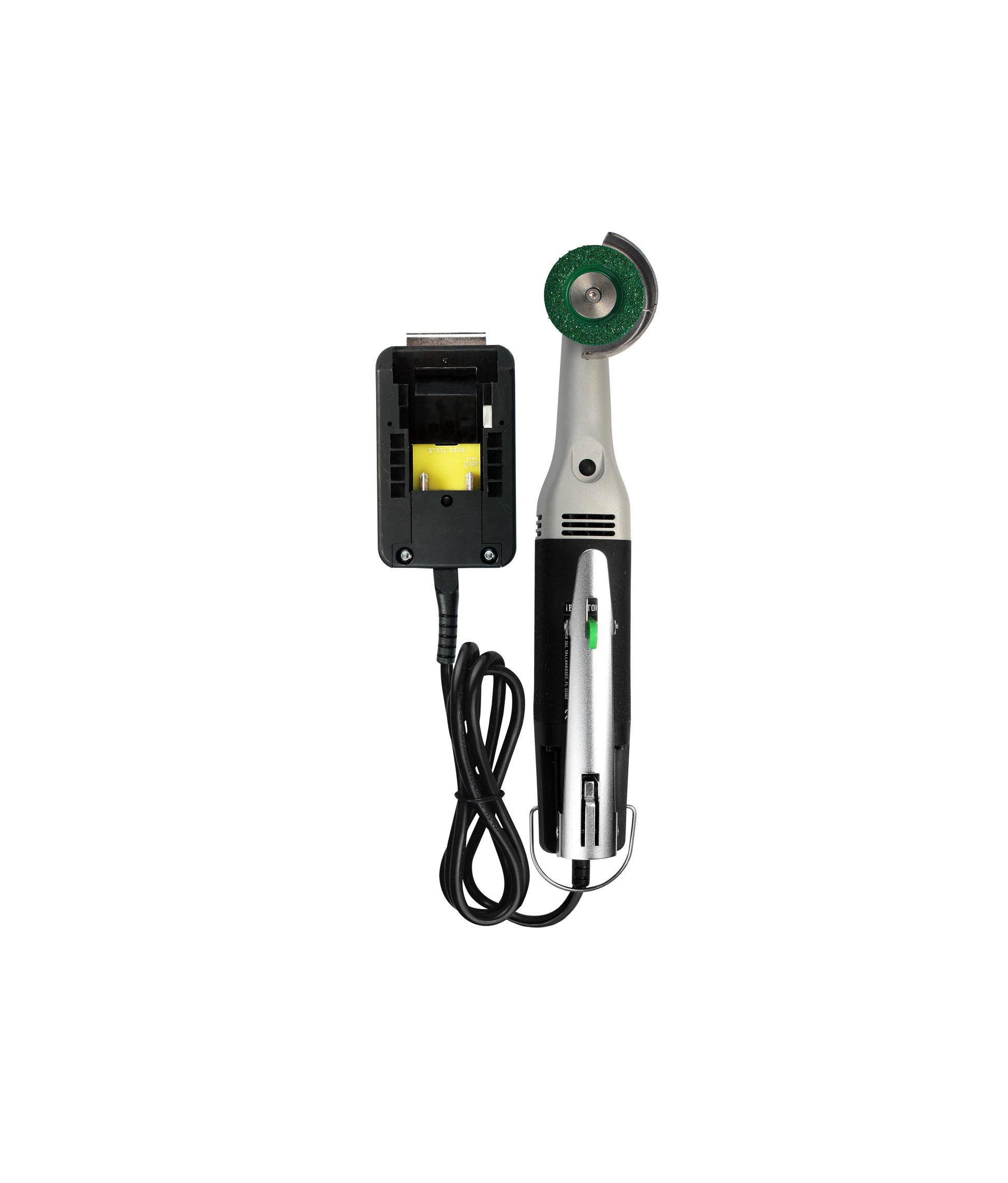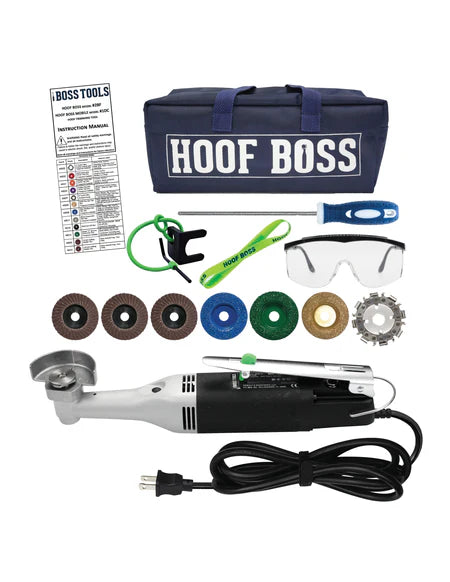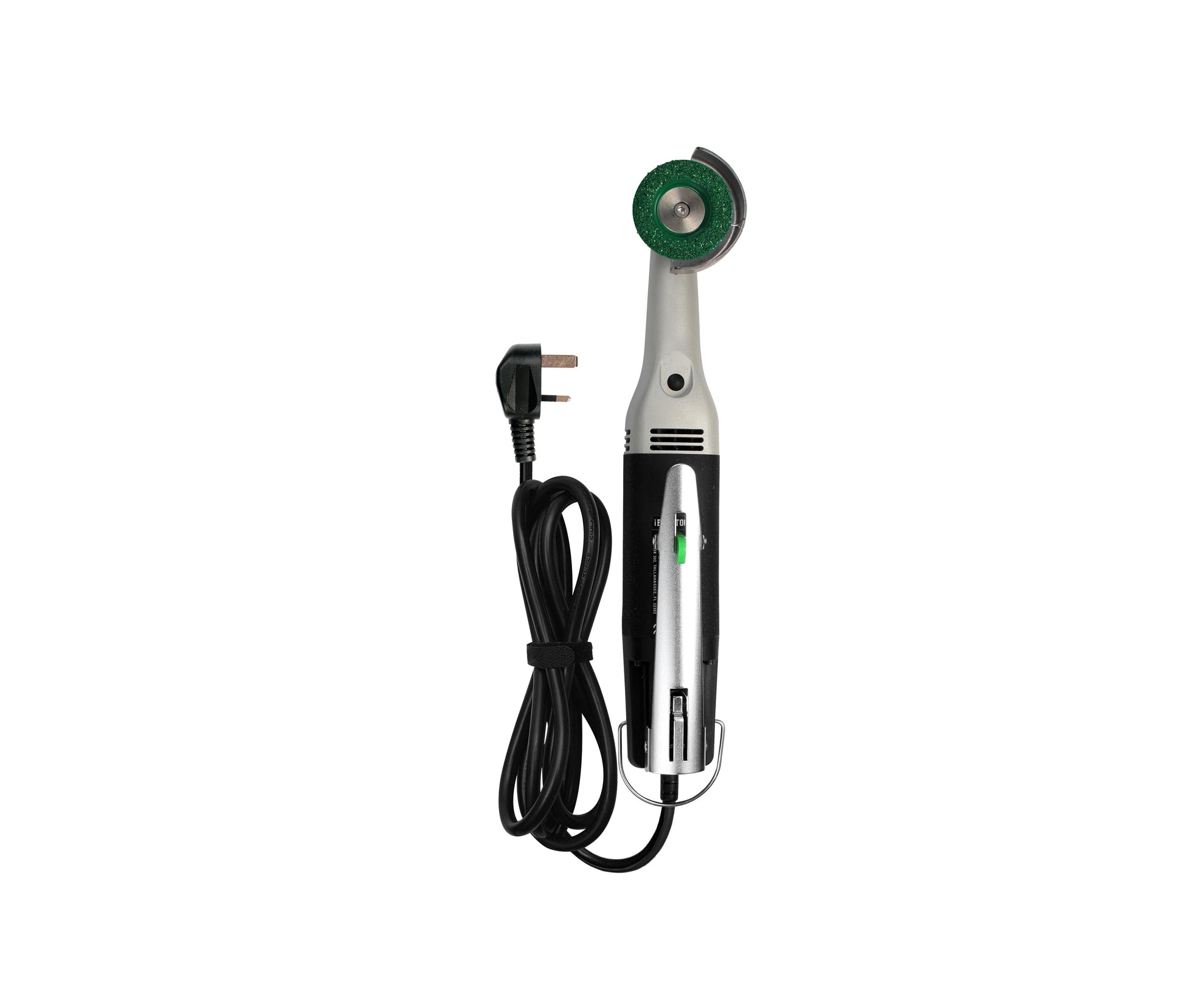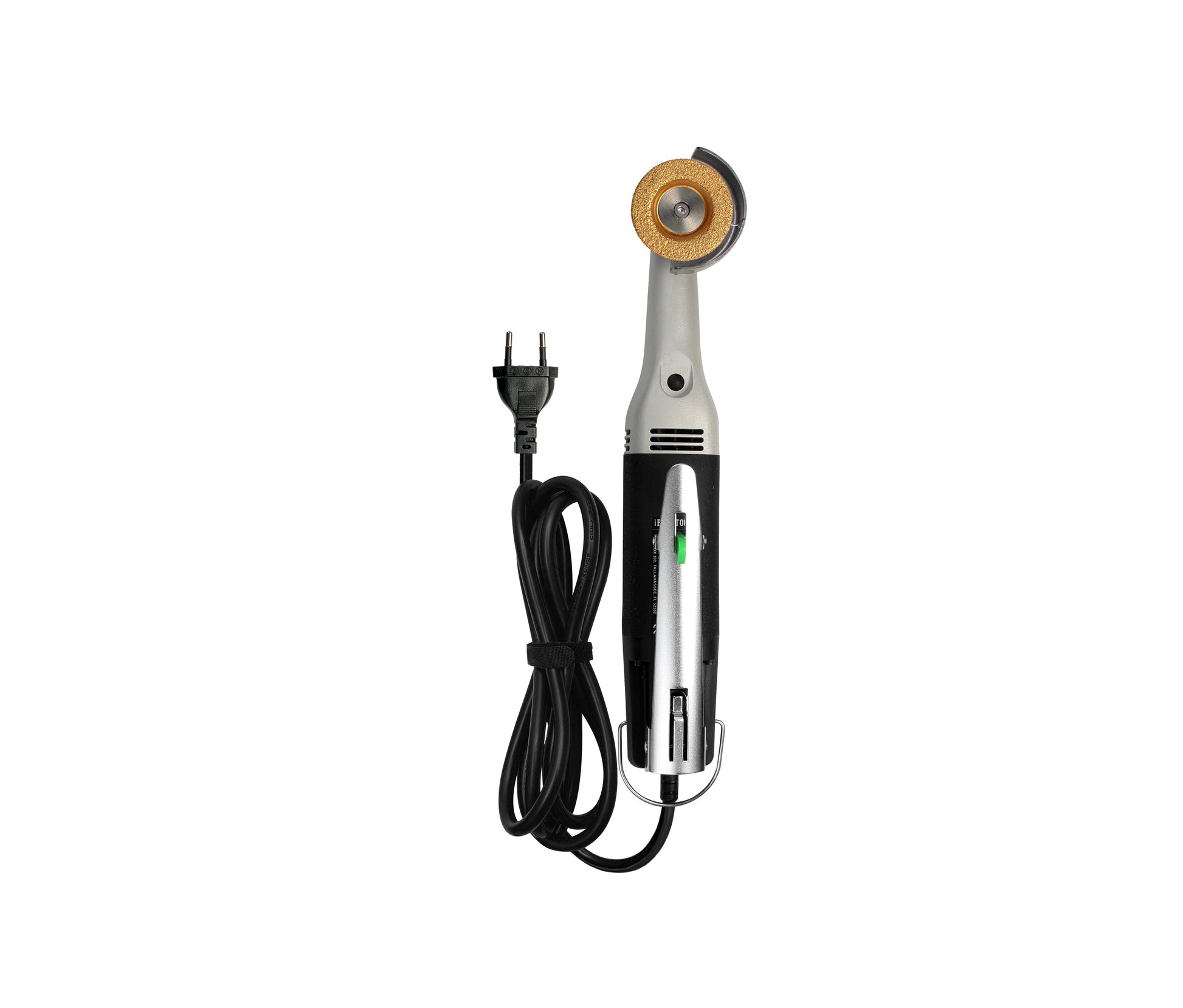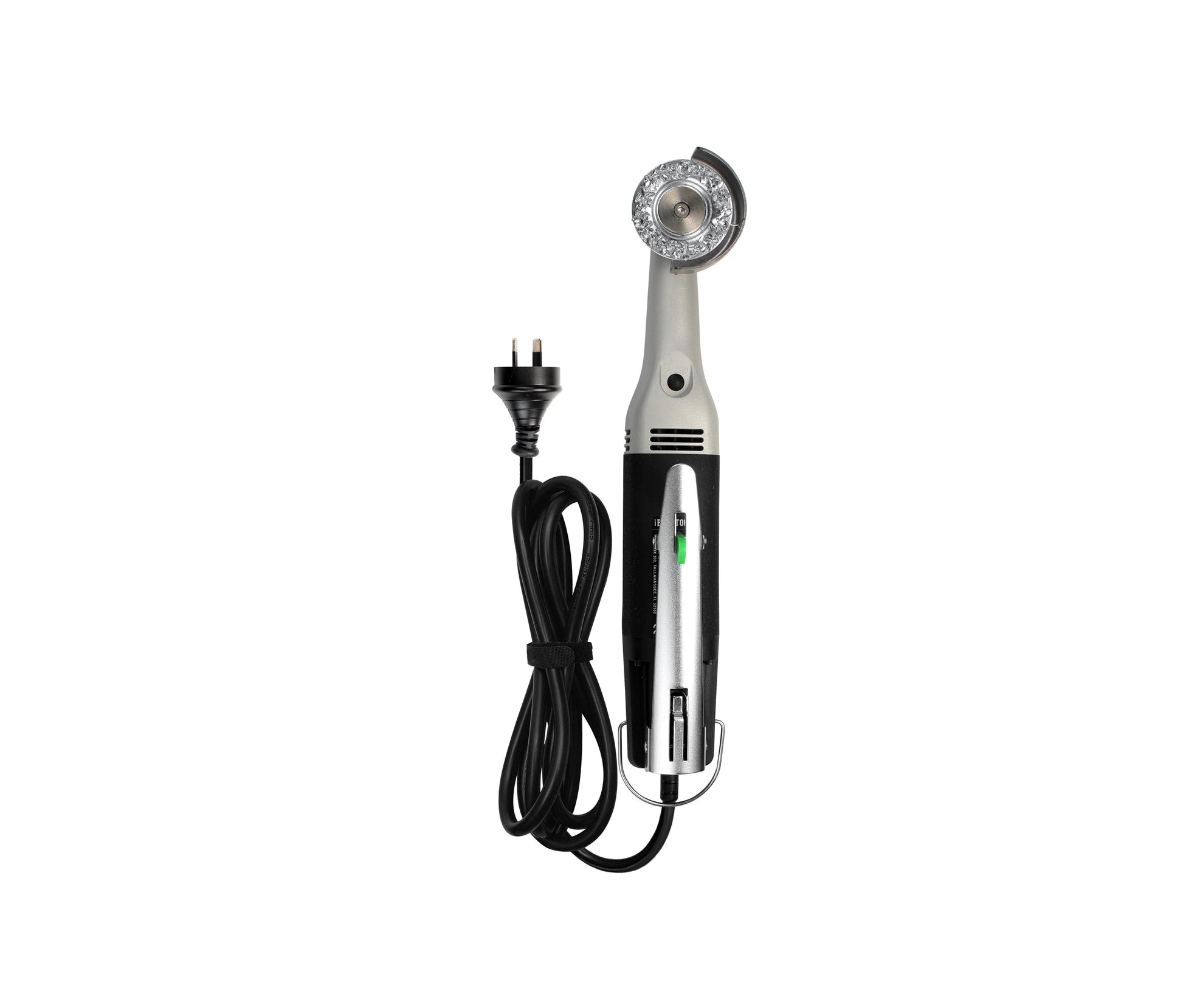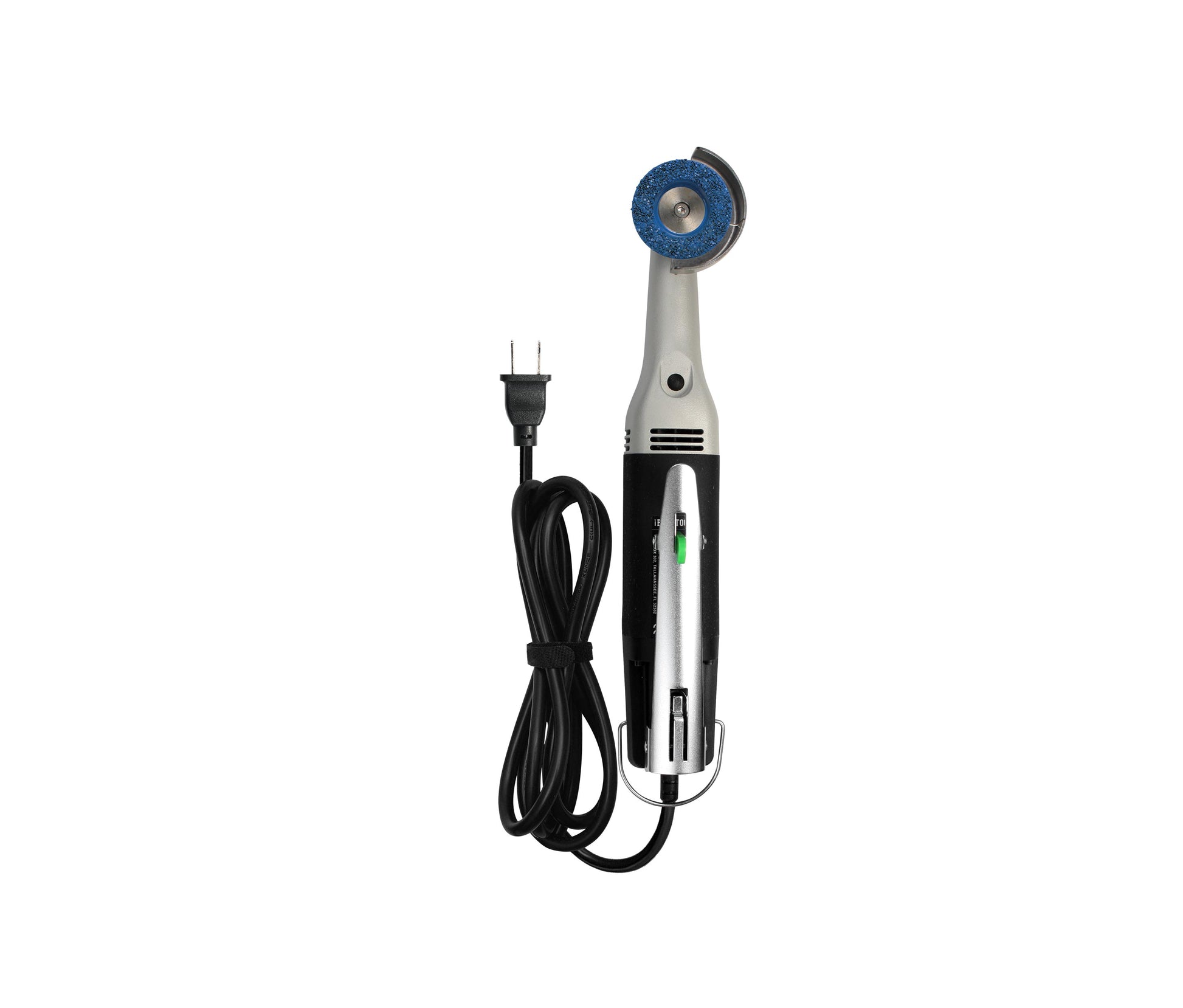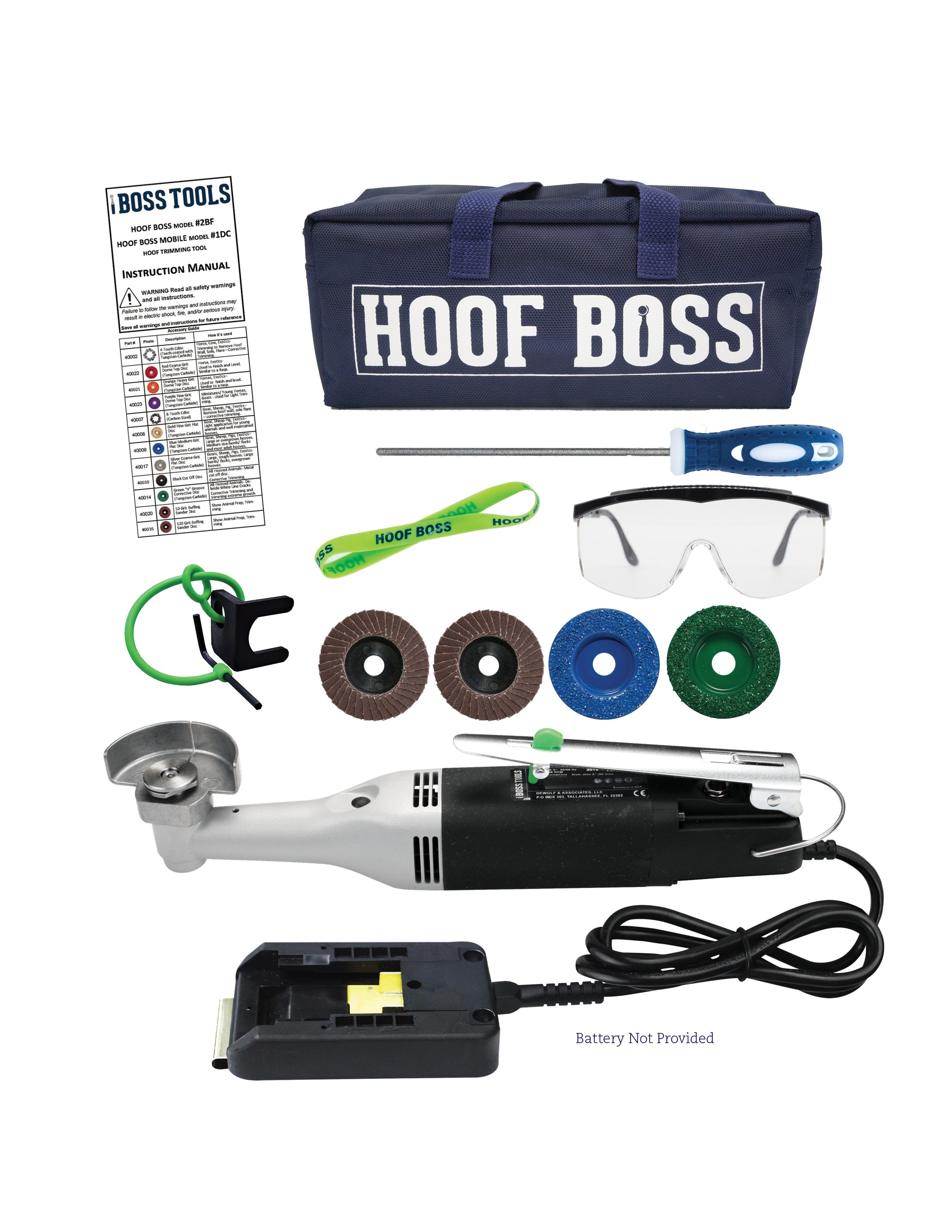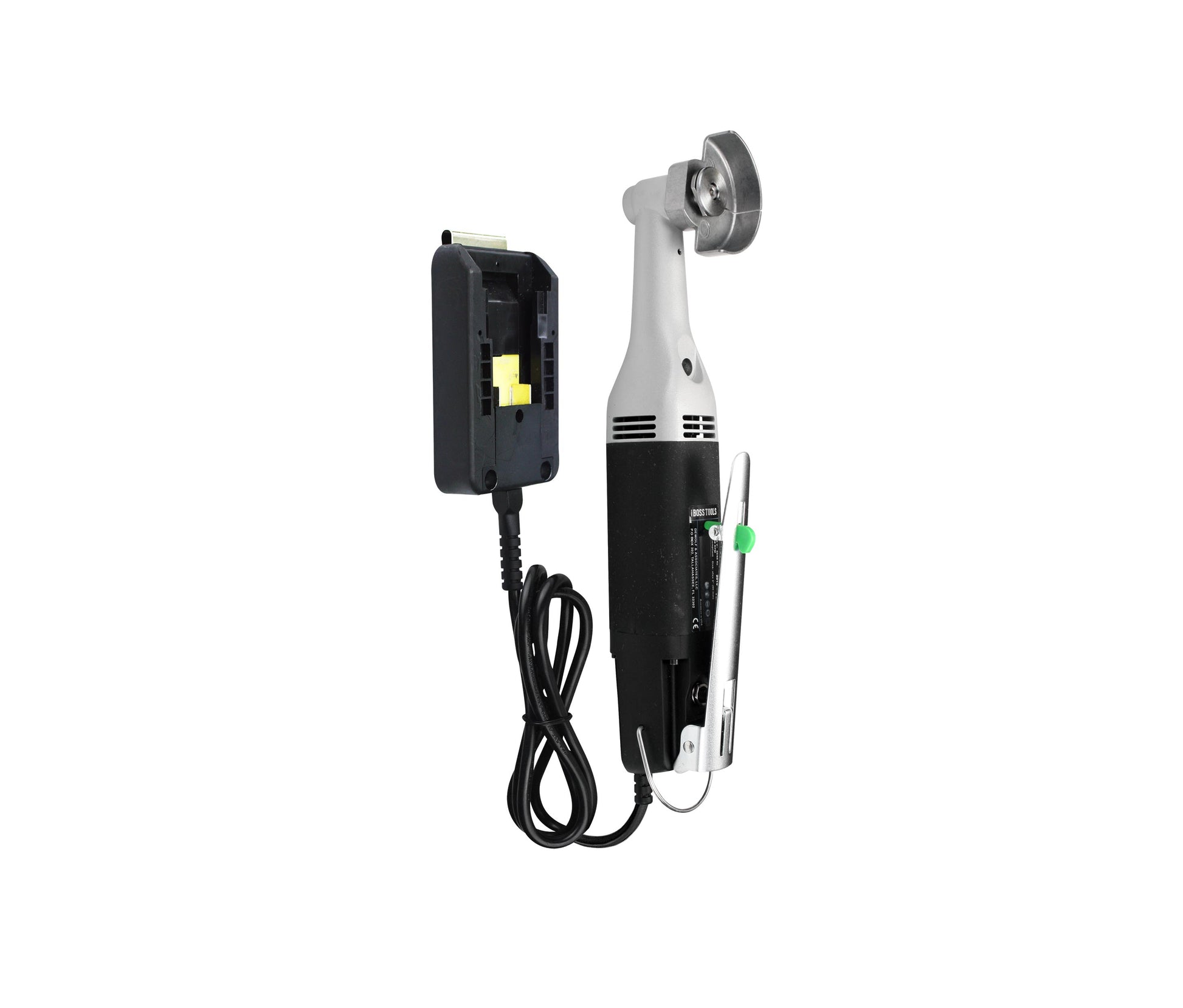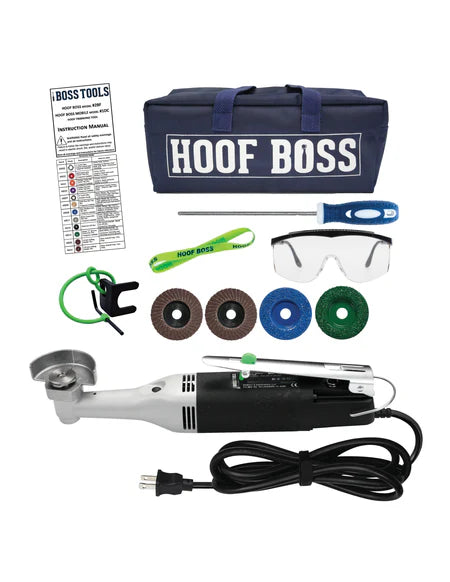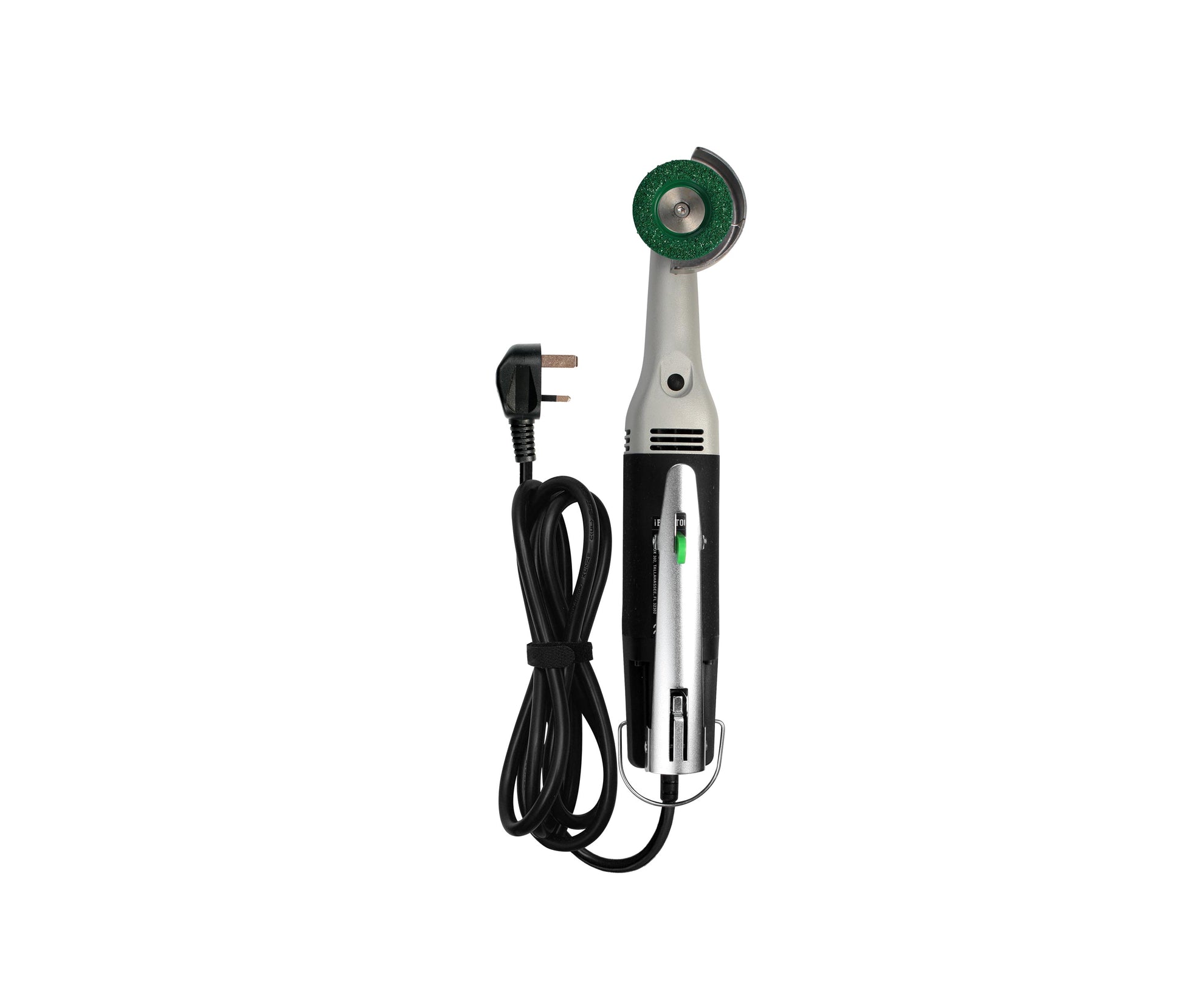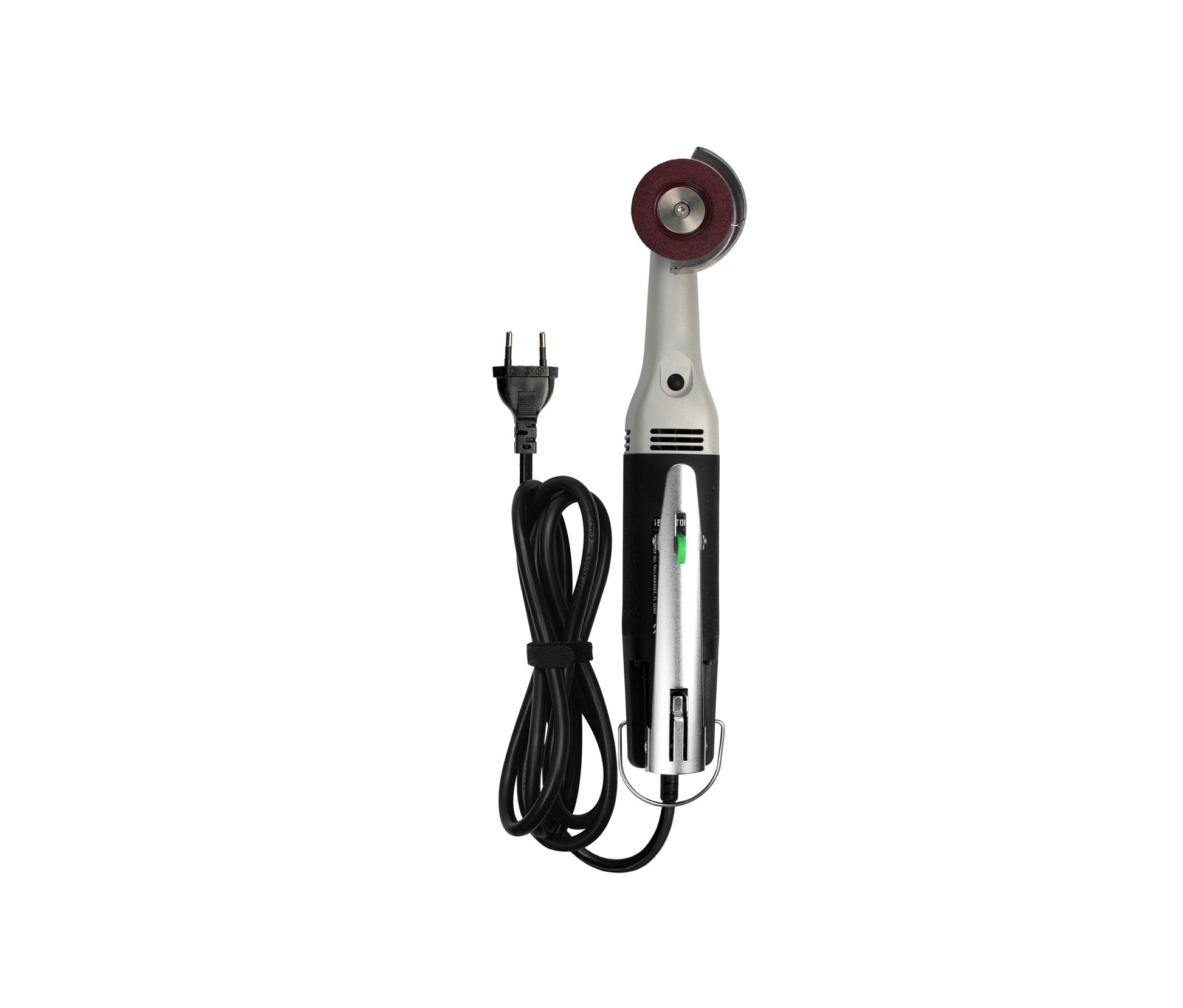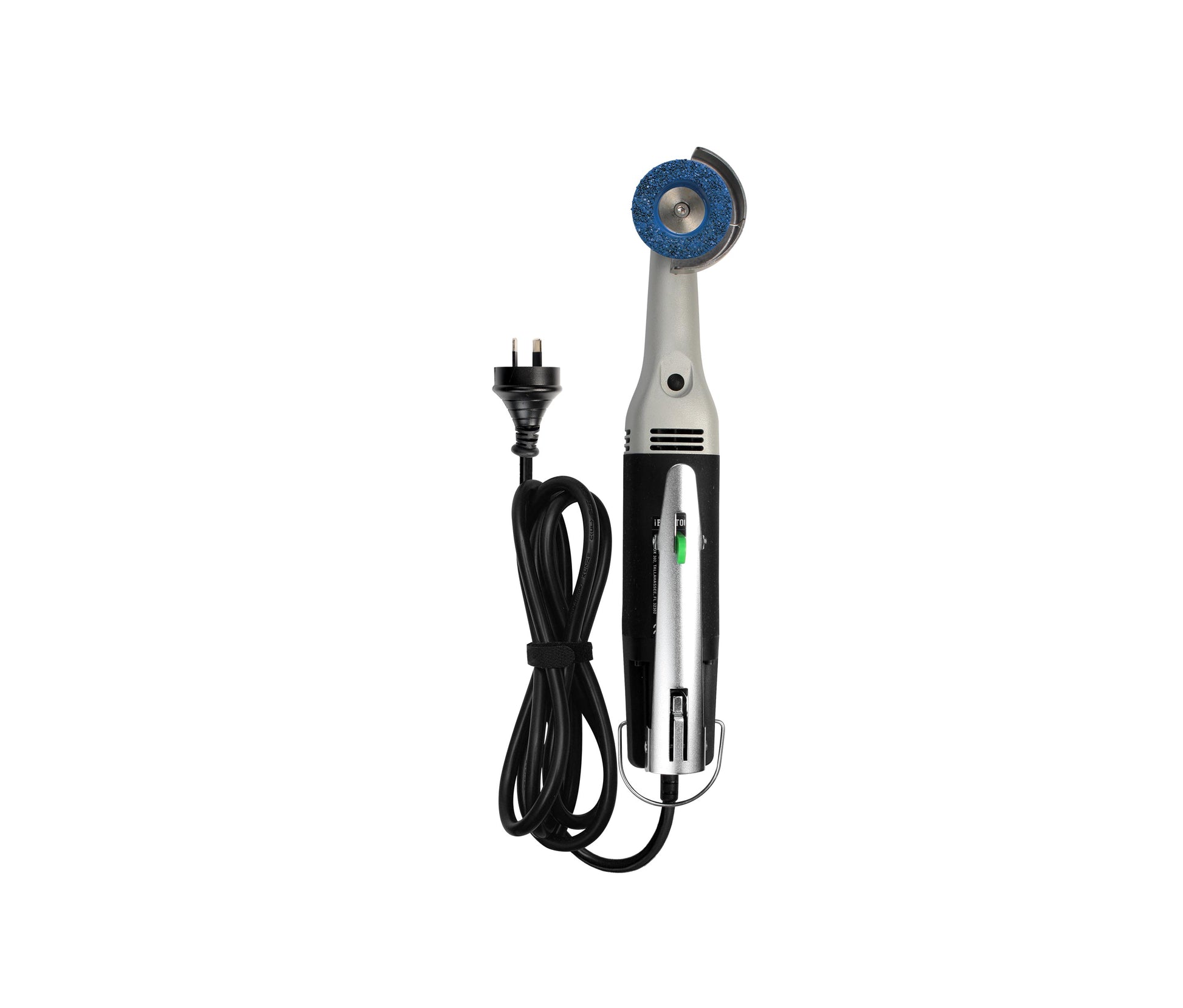How to Treat Hoof Rot in Cows: Fast Relief, Full Recovery, and Long-Term Control
Foot rot in cattle—also called interdigital necrobacillosis—strikes hard and costs real money. One sore foot can drop milk yield by 20 %, slash feed efficiency, and invite mastitis because the cow spends more time lying in dirty bedding. The infection begins when Fusobacterium necrophorum and Porphyromonas levii slip into tiny cracks between the toes, then flourish in warm, wet manure. A sudden, hot swelling above the hoof line, a fetid odor, and a cow reluctant to bear weight are the classic signs. The sooner you act, the sooner that cow gets back in the parlor or on the feed bunk—and the lower the odds the rest of the pen goes lame.
Why Early Treatment Matters
-
Relieves pain and lameness rapidly
-
Halts contagious spread through slurry lanes and wet pasture
-
Protects milk production and daily gain
-
Reduces antibiotic expense and cull losses
7-Step Plan: How to Treat Hoof Rot in Cows
-
Move the lame cow to a clean, dry box stall so manure-borne bacteria stop reaching her pen-mates, and so you can treat without crowd pressure.
-
Wash and inspect the hoof using warm water, mild soap, and a stiff brush; scrub until the interdigital skin and any under-run horn are clearly visible.
-
Trim loose or necrotic horn with the Hoof Boss Cattle Trimming Set (coarse disc) until only firm, healthy tissue remains—work slowly, stop well before you see blood, and bevel sharp edges so manure sheds.
-
Disinfect thoroughly by flushing the interdigital space with a 2 – 4 % chlorhexidine solution (or a 5 % copper sulfate rinse if chlorhexidine is unavailable); blot dry with disposable towels.
-
Apply a topical antibiotic bandage—generously coat the lesion with oxytetracycline spray or powder, wrap the hoof with breathable vet-wrap, and plan to remove the wrap after twenty-four hours to keep moisture from macerating the skin.
-
Administer systemic antibiotics: a single dose of long-acting oxytetracycline or ceftiofur (follow your veterinarian’s label directions) reaches deep tissue layers and treats hidden lesions you can’t see.
-
Re-check in forty-eight hours; repeat topical therapy if heat, odor, or uneven weight bearing persists, then return the cow to a dry lot and run the whole group through a 10 % zinc sulfate footbath twice weekly for three weeks to stamp out remaining bacteria.
What You’ll Need on Hand
Before you start, gather disposable gloves, eye protection, the Hoof Boss Cattle Trimming Set with coarse and fine discs, a low-pressure wash wand, stiff hoof brush, chlorhexidine or copper-based disinfectant, zinc sulfate powder for the footbath, topical oxytetracycline, vet-wrap, long-acting injectable antibiotic, and a well-bedded treatment chute or trimming table. Having everything staged keeps stress on both you and the cow low.
After-Care and Monitoring
Once the bandage comes off, keep the stall bedded with clean sand or kiln-dried sawdust; moisture is the enemy of healing skin. A sound cow should place the heel evenly within forty-eight hours and the fetlock swelling should shrink by half. If she still favors the foot, repeat the flush-medicate-wrap cycle every other day until the skin turns a healthy pink and no odor remains. Record the treatment date so you can track response and withdrawal times.
Prevention Strategies That Actually Work
Sound hygiene beats expensive cures. Grade cow lanes so they drain, scrape slurry at least twice daily in high-traffic areas, and repair leaky water troughs that create chronic mud around feed bunks. Rotate pasture gates to avoid perpetual mud holes. Trim hooves every six months with your Hoof Boss to eliminate cracks where bacteria hide, and schedule a permanent zinc sulfate footbath at the parlor exit—change solution after every 200 cow passes so it stays lethal. If your region sees persistent foot-rot outbreaks, ask your veterinarian about biannual vaccines and consider culling cows that relapse after two full treatment cycles; chronic carriers spread bacteria even when they appear sound.
FAQ
Is copper sulfate safer than formalin for footbaths? Copper sulfate is effective against foot-rot bacteria and less irritating to human airways than formalin, but it can stain concrete and corrode metal; many dairies alternate copper and zinc to delay bacterial resistance.
Can I skip antibiotics if I trim aggressively? No. Foot rot is a mixed bacterial infection that quickly tunnels beyond what trimming exposes; systemic antibiotics are essential for a full cure and to stop joint infections.
How soon can treated cows return to the milking string? When swelling subsides and the cow bears weight evenly—usually three to four days—move her back, but keep flooring dry and footbaths fresh to protect the rest of the herd.
Final Thoughts
Foot rot doesn’t have to wreck your milk check or beef margins. Jump on the first swollen hoof with the right gear—the Hoof Boss Cow Complete Set—plus a disciplined footbath routine, and you’ll keep your herd stepping sound. Ready to get ahead of hoof disease? Shop Cow Hoof Care Tools and protect your bottom line all year long.
